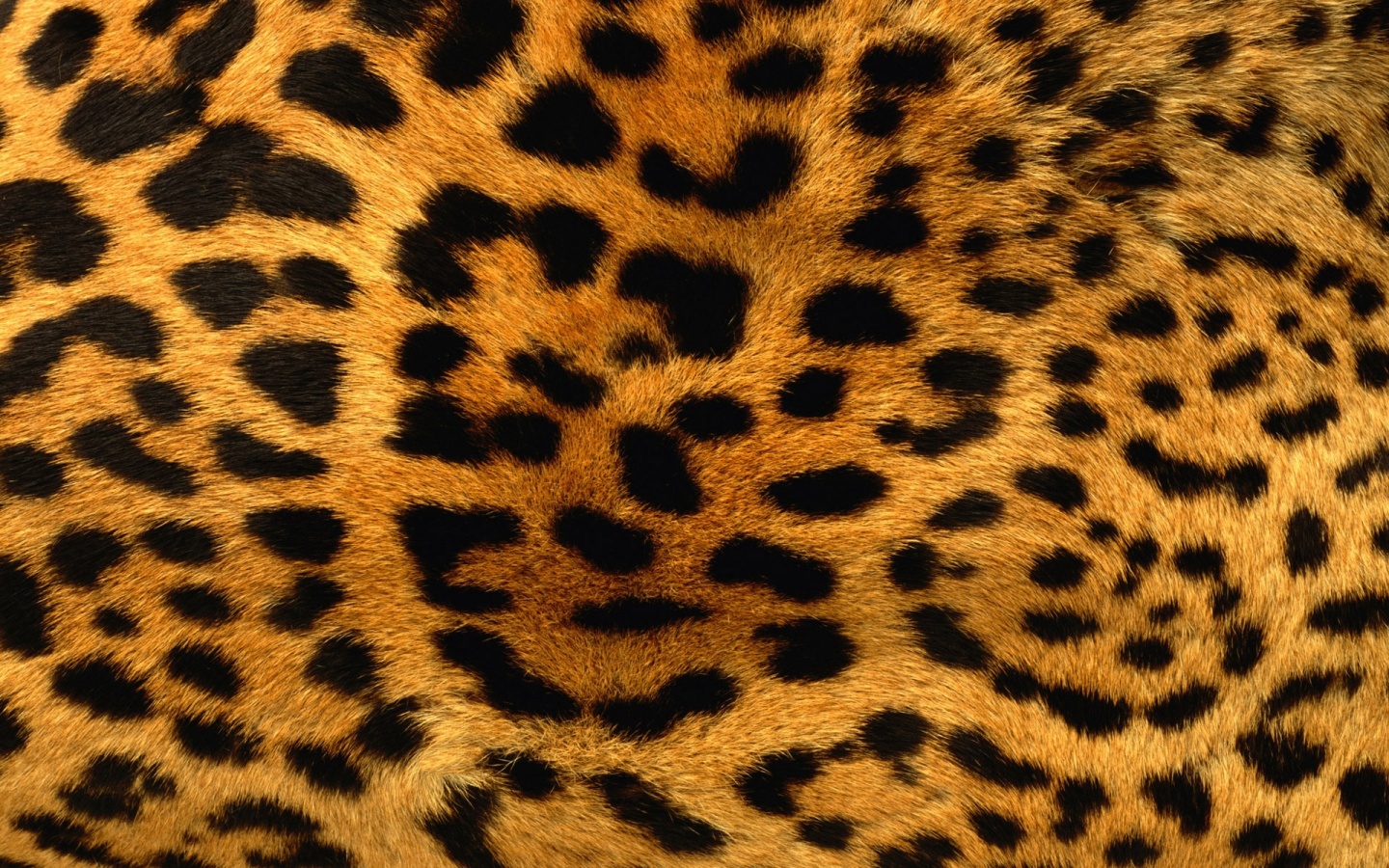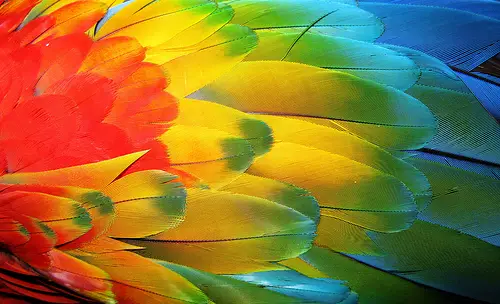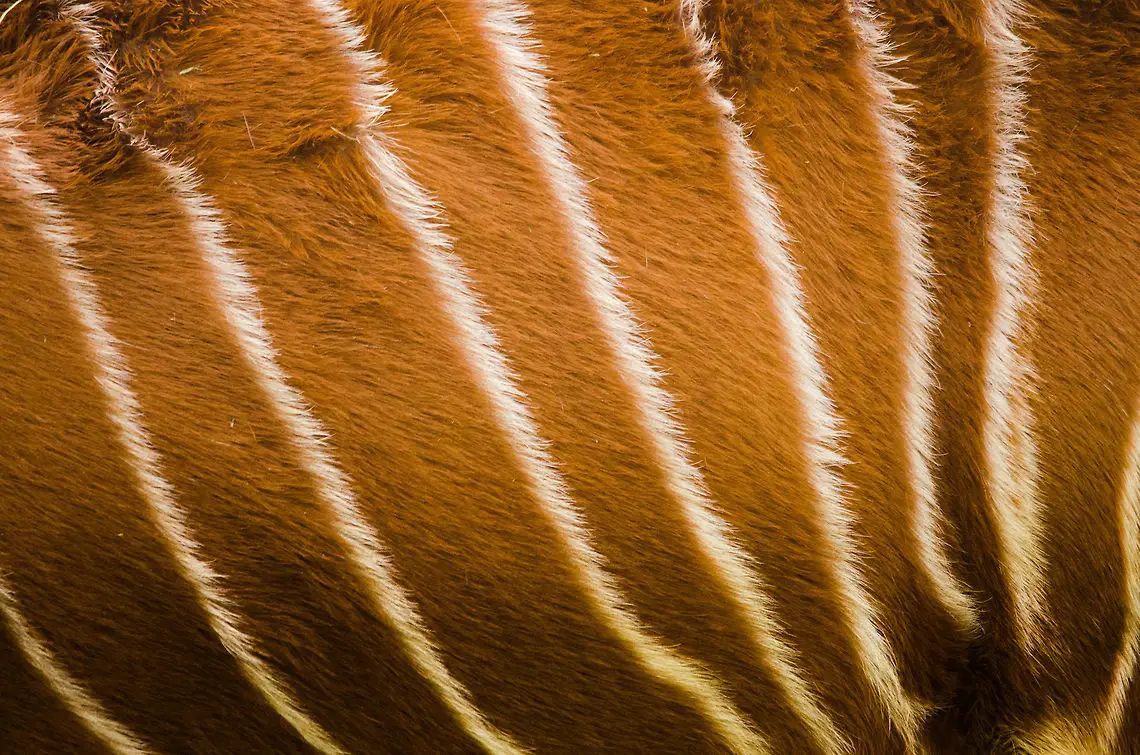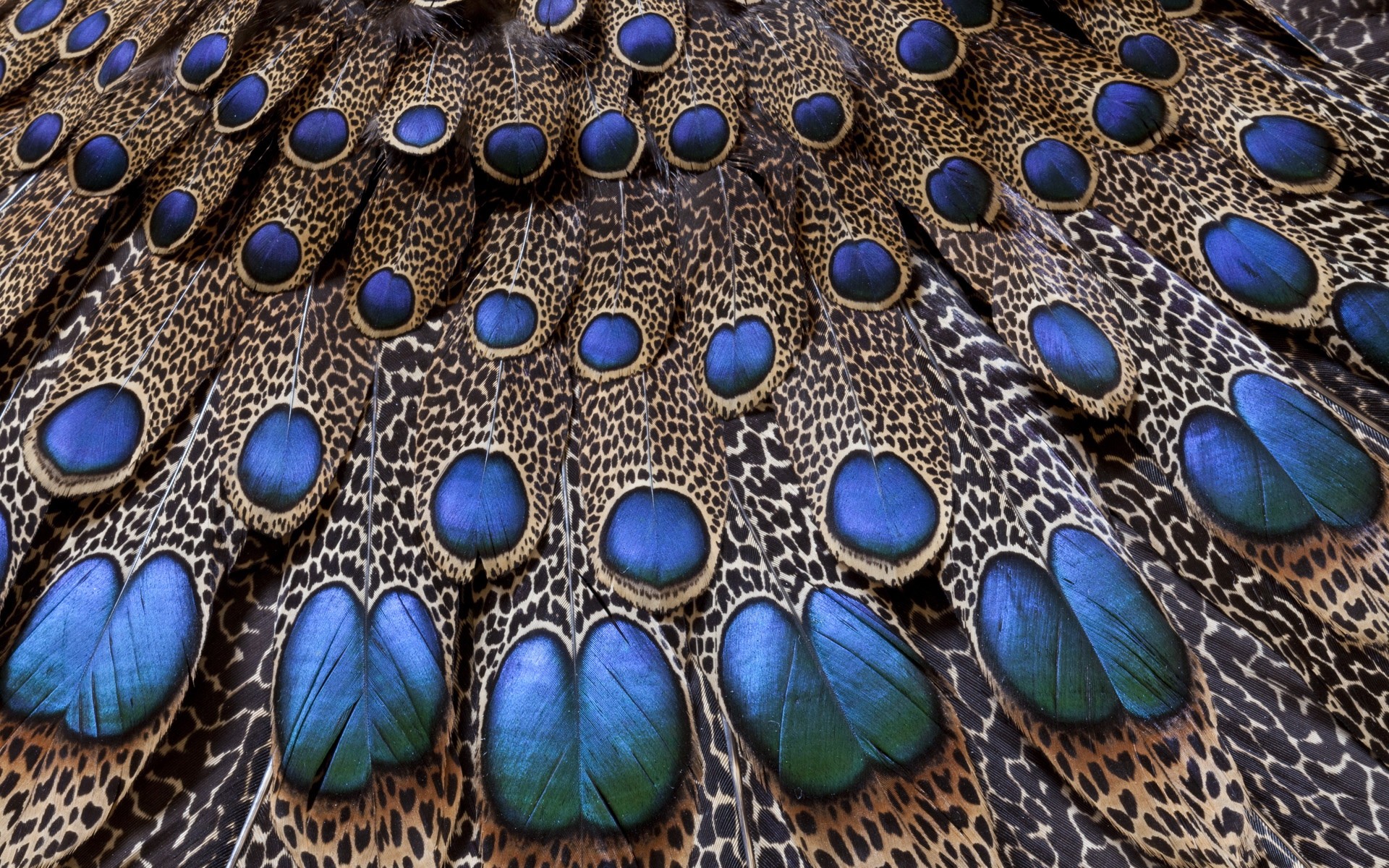Improve Your Fly Fishing Skills With These 5 Tips
There’s fishing and then there’s fly fishing, more of an art form than simply reeling in fish for recreation or the dinner table. Fly fishing uses artificial flies, a mix of wet and dry flies as well as ones referred to as streamers or poppers.
Fly fishing is an easy concept to understand, however, becoming an excellent fly caster requires a lot of practice and patience to master the knowledge and skills needed for effective fly fishing.
Fly fishing for salmon or trout is a more sophisticated and challenging fishing technique than simply spinning, bait casting, and trolling, and it is because of this that many fishing enthusiasts are drawn to mastering its intricate techniques.
If you are thinking of getting into fly fishing or are currently struggling to find the right technique, check out this quick and handy guide to fine-tuning your fly fishing skills.


Choose the Right Gear
The fly fishing market is flooded with all kinds of gadgets. Some items are essential while many others you can simply do without, especially when just starting out.
Purchasing the right gear and knowing how to correctly use it makes a massive difference in the success of your fishing trips. It’s vital to note that there’s a significant difference between what you need for fly fishing and what you may want, so try to avoid confusing yourself with a lot of gear in the beginning. Stick to the basics and then after mastering the essential gear you can move onto additional items that may fine-tune your skills further.
A good list of essential fly-fishing equipment should include the following:
- Fly rod, reel, and line
- Flies and fly box
- Net
- Nipper
- Leader
- Indicator
- Tippet
- Hemostat or pliers
- Polarized sunglasses
- Fly fishing vest
You should be a bit picky when it comes to choosing a fly rod because it is one of the most critical pieces of equipment. Fly rods can be made from various materials such as graphite, fiberglass, or bamboo and have a rating of 0-14 based on the weight of the line they are meant to cast. As a beginner, you should look at something like a six-weight rod that’s lightweight, durable, and offers accurate casting.
You can get the essentials mentioned above from just about any fly shop. However, it would help if you thoroughly researched what to consider before going out and buying your equipment. The most ideal equipment for you will depend on your fishing location, targeted fish species, and budget.
We recommend you have a look at Skate The Fly fishing gear website for the latest fly fishing product reviews along with simple fishing tips and tricks as well as detailed guides to further help master your skills quickly.


Increase Your Fly-Casting Distance
Another crucial factor to remember when fly fishing is that distance often increases your chances of catching more fish. It allows the fly to track deeper into the water and stay in position for longer. Therefore, you want to increase your fly-casting distance. Here are a few tips to help you add extra meters to your fly casting:
- Use Double Haul: It involves pulling the line at both ends of the backward and forward cast. Make these pulls during fly casting and increase your flying distance and speed.
- Learn to Carry: To cast more fly or to increase your casting distance, you must understand how much line you can keep in the air and how much you can shoot through the guides. Remember, you must learn to carry more line to increase your casting distance.
- Cast Over the Top: It involves casting in a vertical and straight plane instead of sweeping the rod around the tip path. It’s like drawing a straight line in the air horizontally and vertically.
- Use Less Power: Be smooth when casting your fly to avoid overpowering the cast, as it’ll lead to tailing loops. Use less power to cast loops and maximize your casting stroke.
Increasing your fly-casting distance needs practice and a lot of trial and error. You’ll therefore need to fish regularly to improve your casting skills. Fishing alongside a more skilled fly fisherman whether they are simply a friend or a professional fishing guide in the beginning will also allow you to adopt their techniques and avoids adopting bad beginner habits that can be common.
You can also head onto YouTube to watch videos of effective casting techniques. You’ll quickly discover that fly casting involves proper timing and control. While difficult in the beginning to learn this, it soon becomes habit.


Watch Your Fly
The fly you use also makes a difference in fly fishing. When selecting the fly, consider the type of fish you want to catch and think carefully about what they feed on, which can even change for the same species depending on the time of year and what insects are currently hatching.
You don’t want to spend hours in the water having no luck simply because you didn’t have the knowledge to choose the proper fly that is likely to attract the fish at any given time.
There are an infinite number of fly types that portray various aquatic insects in different life stages. There are also flies that are made to resemble frogs and minnows. Flies come in all shapes, sizes, and colors. It’s not about choosing the flies that are most attractive or appealing to you, rather you need to focus on getting the flies that the fish will be lured to and pairing your flies with the correct fly line.
It’s also vital to keep an eye on your fly when fishing. Recheck it in-between each catch to ensure it’s still in good condition. Ensure you pack enough flies for your fishing expedition, as you’ll need to switch out your current fly if it’s damaged to increase your chances of catching more fish. Keeping your flies well organized in a fly box will allow you to change out flies in the field much more easily.


Manage Your Drift
When fly fishing, ensure you don’t creep. It’s one of the mistakes you can make when casting and you want to avoid it in order to catch more fish. Creeping involves casting your line before it completely stretches out. It shortens your casting distance and reduces the effectiveness of your cast.
You may want to adopt a technique of “dead drifting” which is allowing the current of a river or creek to control your fly instead of yourself. It’s all about avoiding unnatural movements and not allowing the fly line to cause drag and a wake behind your fly. Unnatural fly movements will only spook fish or at least keep them uninterested in your fly.
You also want to watch your speed, the aim being to allow your fly to move at the same pace as floating bubbles or other debris on the water’s surface. Dead drifting streamers which mimics injured or unhealthy bait fish is often effective when fishing perpendicular to the bank of a river or creek.


Position Your Indicator Correctly
You must also learn how to place your indicator correctly when using one to improve your fly-fishing skills. Strike indicators are used to suspend a nymph fly that rests below the water surface and allow you to see when your submerged fly is taken by a fish.
Understanding how an indicator works is the first step in known where and how to place it. Ensure the indicator is attached to the leader to detect fish strikes. Indicators come in different varieties themselves, with different levels of buoyancy and ways in which they attach to leaders.
As a general guideline, indicators are placed 1.5x the water depth up the leader from the fly. Adjustable indicators will allow you to easily move its position depending on the depth of water you are fishing.
In addition to placing your indicator correctly, you will also then need to learn how to observe it for lagging or dragging, both of which can result in your fly not appearing natural to fish and therefore your failure to land them.

Fly fishing is one of the best outdoor recreation activities to not only enjoy nature but also stay fit and healthy. It is an excellent way to pass the time, promoting both mental and physical health, not to mention hopefully eating healthy and delicious fish once you master the necessary skills.
We hope our concise guide will allow you to master your fly fishing form and techniques more quickly. With patience and perseverance, we guarantee you’ll be able to enhance your skills and truly fall in love with fly fishing.



















